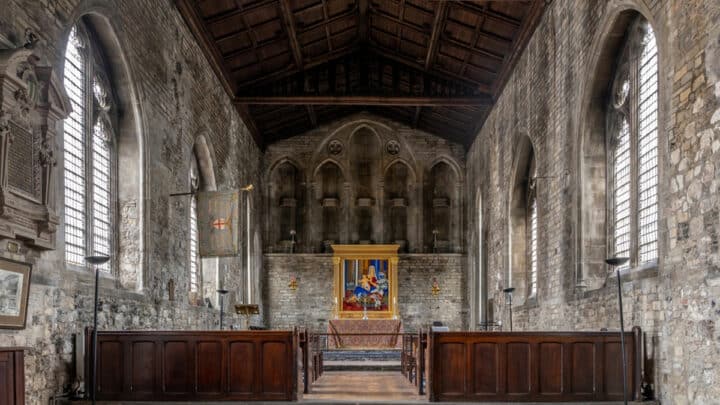
Discover the near-thousand-year-long history of one of London’s oldest churches.
London is old. Very old. So old in fact that the oldest sites are often enclosed remnants of a long-gone era (the Roman stuff for example). If you know where to look though you can find some genuinely ancient places that still function more or less the way they did at their founding.
One such place is St Bartholomew the Great – a church in Smithfields that has survived a lofty 900 years of history, a great burning, a blitzing and a dissolution to reach the present day and the interest of some major London history nerds (us).
Here’s why this place fascinates us so much…
Why Visit St Bartholomew the Great?
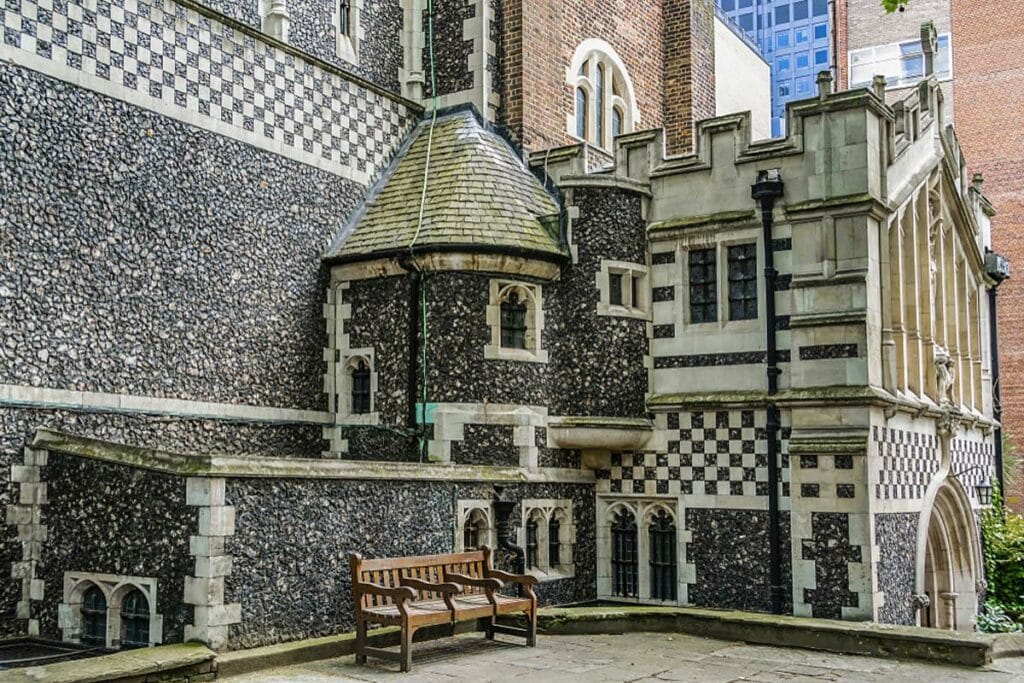
For a look at one of the oldest churches in London, and one with some genuinely old sections that date back to the founding – not something that’s easy to come by in London.
The parts of the buildings that have been restored are also beautiful, but the thing that really gets us is that to stroll around in St Barts is to follow in the footsteps of a near-milenium-long chapter of our city’s history. Can you beat that?
The History of St Bartholomew the Great
Divine Inspiration
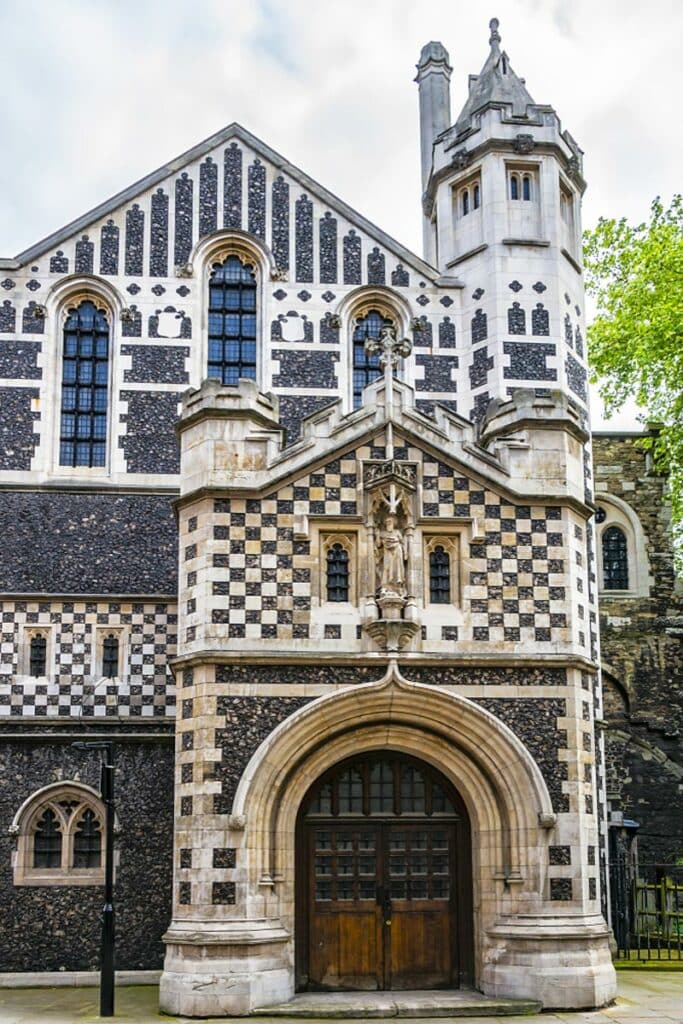
The Church of St Bartholomew the Great was founded in 1123 (making it, well, very very old). Its founder is an interesting man. His name is Rahere though he’s sometimes known as Raherius.
The details of his life are shrouded in the fog of the past. Some say that he was a jester, others a cleric and a courtier. What is clear is that he was an important figure in the court of Henry I and a very religious man – probably even a monk at some point.
On a trip to Italy Rahere dreamt that a winged beast swept down and took him away to a high place where it gave him a proclamation from “the High Trinity and…the court of Heaven”. The proclamation told him he must build a church in Smithfield (of all places).
Rahere went off to London and found the spot but was told that it was royal land. He went to the king and explained his heavenly task and the king agreed to have the church built.
Miracle Work?
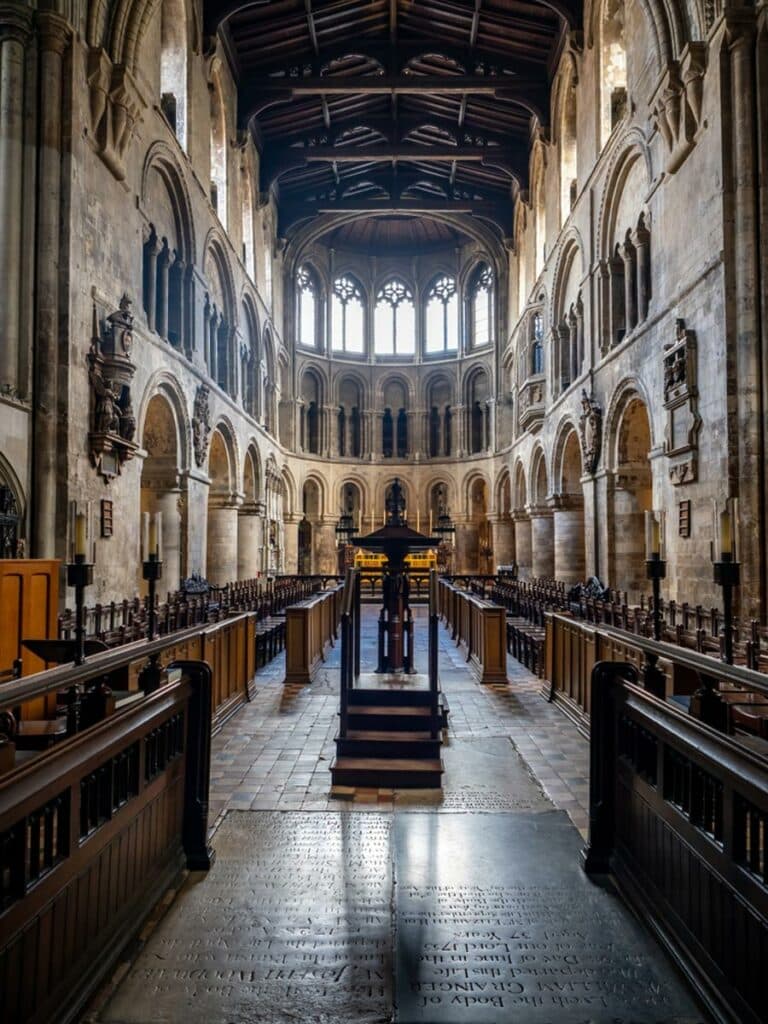
In its heyday St Barts was known for its miracles. It’s said that its pews were often filled with the sick and frail, many of them actually claiming to be cured through divine intervention. It’s said that a divine light once shone from the foundations of the church.
To this day St Bart’s legacy of curing the sick lives on through the adjacent hospital of the same name. This hospital was actually founded in the same year as the church and still operates today – though they don’t perform miracle work we’re pretty sure the standard of care has greatly improved since the middle ages.
But how much of a miracle worker was Rahere? Well, funny you should ask. It turns out that many of the people that did the hard work of actually building the church were child labourers. Make of that what you will. To be fair to the man, it was probably the norm at the time.
Dissolution and Fire
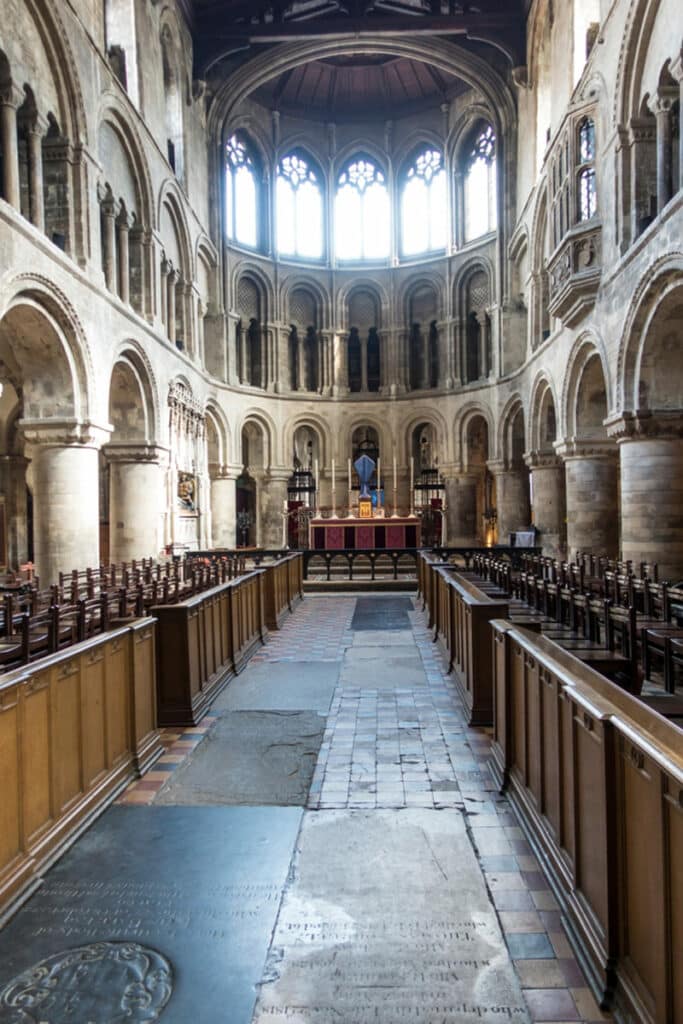
Any fans of British history will see this one coming. Being an Augustinian priory, St Barts fell to Henry VIII’s Dissolution of the Monasteries. The hospital was mercifully left alone but about half of the church proper was torn down and ransacked in the year 1543.
On the other hand, any fans of our London history articles may not see this coming. It seems like every time we write about a great church in a historic part of London we have to sadly say that it burnt down in the Great Fire. Not the case here.
St Barts (miraculously?) survived a thorough burning – it would also somewhat miraculously make it through the Blitz unscathed – though its luck didn’t last much longer. The church was left to crumble and fell into disrepair, even becoming home to squatters in the 18th century.
The Present Day
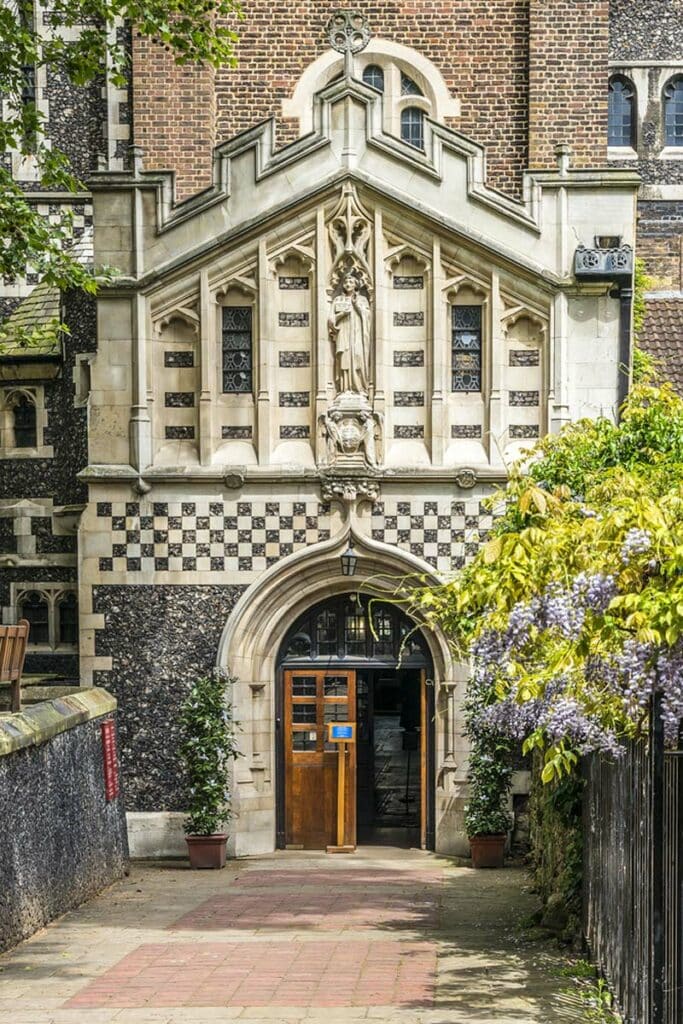
The church went through several restorations in the years between then and the present day. In spite of this, and the damage it sustained over the years, visible parts of the church still date back to the Norman era.
You can see the Norman work in the sections known as the crossing and the choir. The frontage of the church also dates back to the Tudor era (late 16th century) and behind that you can spy a 13th century stone arch.
St Bartholomew the Great: Practical Information
Address: W Smithfield, Barbican, London EC1A 9DS
Opening Times: Monday – Saturday 10am – 5pm, Sunday 8:30am – 6:30pm
Tickets: Free, but you can pay for a guided tour.


